By Constantinos Massonos, Contributor
“An Olympiad with females would be impractical, uninteresting, unaesthetic and improper.” This statement was made by Baron Pierre de Coubertin, father of the modern Olympic Games. Since then, women have been fighting for equality, social change and have shattered many glass ceilings, not only in sports but in all walks of life.
The 2012 London Olympics were the first in which women competed in all sports in the programme, and in the 2020 (2021) Tokyo Olympics 49% of all competing athletes were women, the highest participation rate in the games since their revival in 1896. The main reason the participation gap has significantly narrowed in the past few decades, is that the number of women who are interested in following or participating in sports, has been steadily increasing.
Steps forward have also been taken in bridging the gender pay gap in sports, as in most cases, male athletes make more money than their women counterparts. The gap is evident in both individual and team sports but the greatest disparities exist in the prize money connected to the latter.
Soccer, along with basketball and baseball are some of the main sports where the pay gap takes the greatest length. The prize money for the 2019 Women’s World Cup winners, USA, was $4m, nine times less than the $38m prize France won at the 2018 Men’s World Cup. In the Champions League, UEFA awarded women’s winners 150,000 euros in 2021, while the men’s prize stood at 19m euros. In the English FA Cup, the winning men’s club in the 2020-21 season earned £1.8m, while the women’s winners received £25,000.
Stakeholders and organisers claim that the main reason for the existence of the pay disparity is that male competitions generate more money through commercial revenue and broadcasting rights. But are women’s competitions marketed in the same way as men’s?
According to a Sports Illustrated article, ESPN’s coverage on women’s sports accounts for 5.7% of its total media coverage. Further to that, media coverage of women’s sports focuses on female athletes’ femininity and sexuality over their sports achievements.
UFC is one of the few sports organisations that has managed to institutionally and successfully market their female athletes such as Ronda Rousey and Amanda Nunes, to turn them into some of their biggest stars and high-paid athletes. BBC Sports in their most recent Sport Study are also claiming that the gender pay gap in sports is gradually closing: “the overwhelming majority of sports now offer equal winning prize money to men and women at the top level”, giving the examples of the Wrestling Ranking Series, the World Surf League and the Cliff diving World Series which all offer equal prize money to its male and female athletes.
Despite ongoing changes and the sporting industry making steps forward to a more equal future, gender equality in sports remains a controversial topic. The key to keeping up this momentum is continuously pushing for more participation, more commercial and employment opportunities and more media visibility for women’s sports.
The Money Smart Athlete® Blog is established and run by the Sports Financial Literacy Academy® (SFLA). Through its education programs the SFLA has the vision to financially educate and empower athletes of all ages to become better people, not just better athletes. For more information on our courses, our SFLA Approved Trainer Program®, and how they can benefit you and your clients, please get in touch with us at [email protected].

